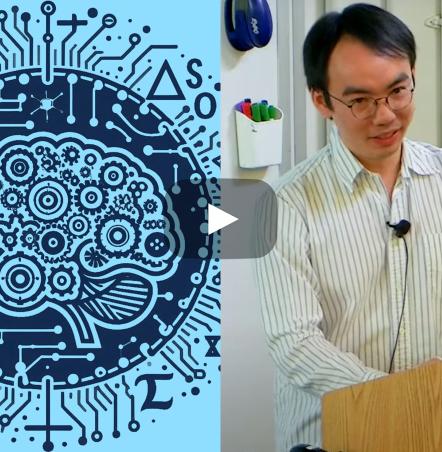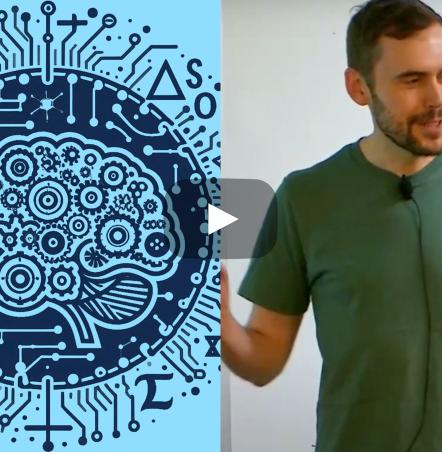Deep Nets and the Primate Visual System | Theoretically Speaking
The primate visual cortex is one of the best-studied parts of the primate brain. Insights gained from studies of biological vision led to great advances in AI, particularly in the development of convolutional neural networks for image recognition. Now, such artificial neural networks are repaying their debt to neuroscience. Computational models built using deep neural networks are beginning to illuminate the workings of the primate visual system. This recent Theoretically Speaking panel, composed of experts in the field, addressed the strengths and limitations of using deep net–based models to understand biological vision.
Anil Ananthaswamy (moderator) is an award-winning journalist and former staff writer and deputy news editor for the London-based New Scientist magazine, as well as a 2019-20 MIT Knight Science Journalism fellow. He has been a guest editor for the science-writing program at the University of California, Santa Cruz. He is a freelance feature editor for the Proceedings of the National Academy of Sciences' Front Matter. He contributes regularly to Quanta Magazine, Scientific American, Knowable Magazine, and New Scientist, and has also written for Nature, Discover, Nautilus, Aeon, The Wall Street Journal, and the UK’s Literary Review. His first book, The Edge of Physics, was voted book of the year in 2010 by Physics World, and his second book, The Man Who Wasn’t There, won a Nautilus Book Award in 2015 and was longlisted for the 2016 PEN/E.O. Wilson Literary Science Writing Award. His latest popular-science book on quantum mechanics, Through Two Doors at Once (August 2018), was named one of Forbes's 2018 Best Books about Astronomy, Physics and Mathematics.
James DiCarlo is a computational neuroscientist and professor at MIT's Department of Brain and Cognitive Sciences and is an investigator at MIT's McGovern Institute. He’s also the director of the MIT Quest for Intelligence, whose mission is to understand human intelligence in engineering terms and use this understanding to build smarter machines to benefit society. DiCarlo’s research is focused on understanding the neuronal representations and computational mechanisms that underlie visual object recognition in primates.
Grace Lindsay is a Sainsbury Wellcome Centre/Gatsby Computational Neuroscience Unit research fellow at University College London. Lindsay received her PhD at the Center for Theoretical Neuroscience at Columbia University. She works on building functional and interpretable models of sensory processing. She is the author of a recent popular-science book, Models of the Mind: How Physics, Engineering and Mathematics Have Shaped Our Understanding of the Brain, about how and why we use mathematics to understand the brain.
Jitendra Malik is the Arthur J. Chick Professor of EECS at UC Berkeley. Malik's research group works on computer vision, computational modeling of human vision, computer graphics, and the analysis of biological images. Besides many other awards, Malik is the recipient of the 2016 ACM-AAAI Allen Newell Award, the 2018 IJCAI Award for Research Excellence in AI, and the IEEE Computer Society's 2019 Computer Pioneer Award. He is a fellow of the IEEE and the ACM. He is a member of the National Academy of Engineering and the National Academy of Sciences and is a fellow of the American Academy of Arts and Sciences.
Santosh Vempala is the Frederick G. Storey Chair in Computing and Professor at Georgia Tech. He helped set up the Algorithms and Randomness Center and ThinkTank at Georgia Tech, serving as its first director (2006 – 2011). Vempala's research interests include algorithms, randomness, geometry, and computing for good (C4G). He is a Sloan, Guggenheim, and ACM fellow. In recent years, Vempala has been trying to understand how the brain works and how to model its computational abilities.





